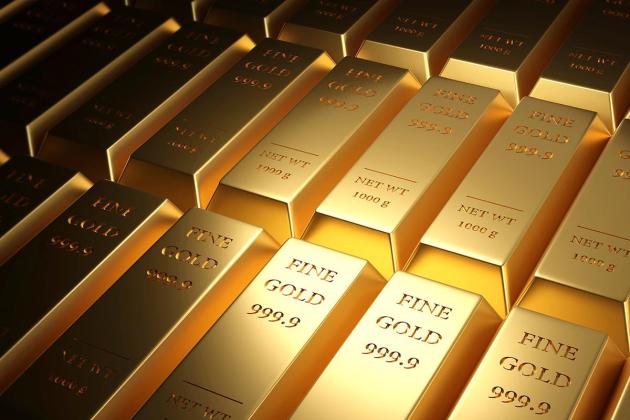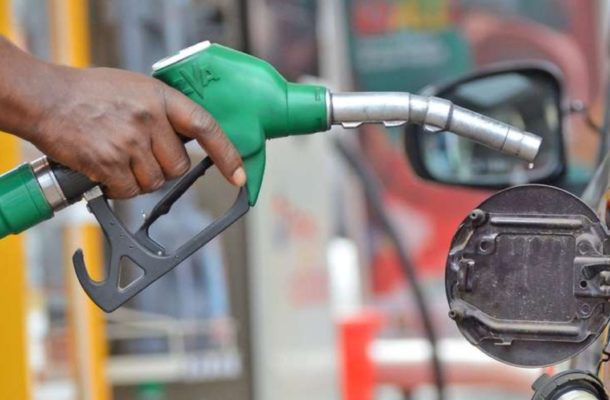By Contributors
Copyright timesofmalta

Commodities and precious metals, being alternative investments, have always been a subject for discussion when it comes to their role in investment portfolios. Some market participants argue that a well-diversified portfolio should always include an allocation to such assets, while others view them as too volatile and unpredictable to justify long-term exposure. The debate has resurfaced in 2025 as gold and silver have reached multi-year highs and placed precious metals back on the radar of institutional and retail investors. The gold price, for example, is up 47% year-to-date, trading above $3,850 per ounce for the first time in history and making new all time-highs almost daily. Silver, with an even more impressive year-to-date performance of 62%, is approaching the previous all-time high levels of around $50 per ounce reached in 2011, trading at $47 in early October 2025. The performance of both metals has significantly ‘outshined’ the returns of major equity indices across developed and emerging markets. So, what is really driving this rally and how sustainable is the performance for both going forward, given their similarities and differences? To answer this, one should first consider the economic values that both metals bring to the table. Gold, apart from its traditional use in jewellery, has historically gained its value as a safe-haven asset that does not default, does not depend on quarterly corporate earnings and cannot be simply printed at will like fiat money. In times of financial or geopolitical uncertainty, it acts as a protector against inflation, currency debasement and systematic risk, offering investors a place to hide amid tumbling equity markets and surging bond yields. Silver, on the other hand, plays a more complex role in today’s world. Like gold, it carries safe-haven and store-of-value characteristics that appeal to investors during times of uncertainty and inflationary pressures, but with an added layer of utility as a critical industrial input. Its superior conductivity makes it essential in solar panels, electric vehicles, semiconductors and medical applications. The confluence of factors has therefore led to the surge in prices of both metals over the course of 2025. On the monetary side, the European Central Bank and the US Federal Reserve have reversed its policy trajectory to accommodative, signalling further interest rate cuts ahead, amid slower growth and weaker labour market, even though inflation remains above their traditional 2% target. Lower real yields reduce the opportunity cost of holding non-yielding assets like gold and silver and hence, increasing their relative attractiveness. Geopolitical instability has further fuelled safe-haven demand, with ongoing conflicts in Eastern Europe and the Middle East forcing investors to seek protection outside traditional financial markets. At the same time, central banks, particularly in emerging market economies, continue to accumulate record amounts of gold reserves, diversifying away from the US dollar as the world’s global reserve currency. For silver, the rally was further fuelled by the industrial aspect of its value component. As global economy accelerates its attempts to shift towards more renewable sources of energy generation such as solar, and electrification trends are amplified by the rise of AI-driven technologies that reshape entire industries, the industrial demand for silver is becoming one of the strongest drivers of its price. Maksym Skotarenko is a research analyst and portfolio manager at Curmi & Partners Ltd. The information presented in this commentary is solely provided for informational purposes and is not to be interpreted as investment advice, or to be used or considered as an offer or a solicitation to sell/buy or subscribe for any financial instruments, nor to constitute any advice or recommendation with respect to such financial instruments. Curmi & Partners Ltd is a member of the Malta Stock Exchange and is licensed by the MFSA to conduct investment services business.



